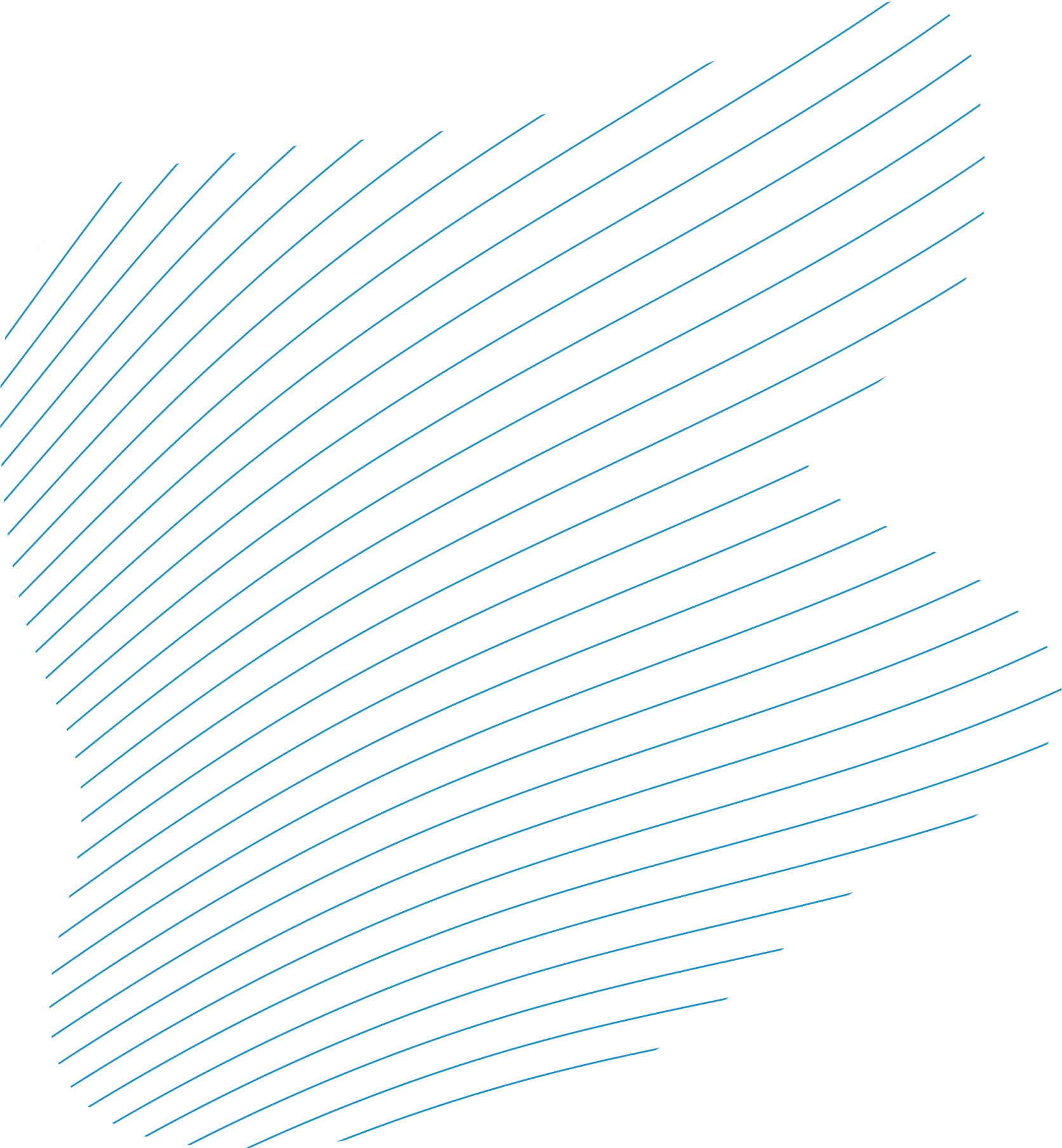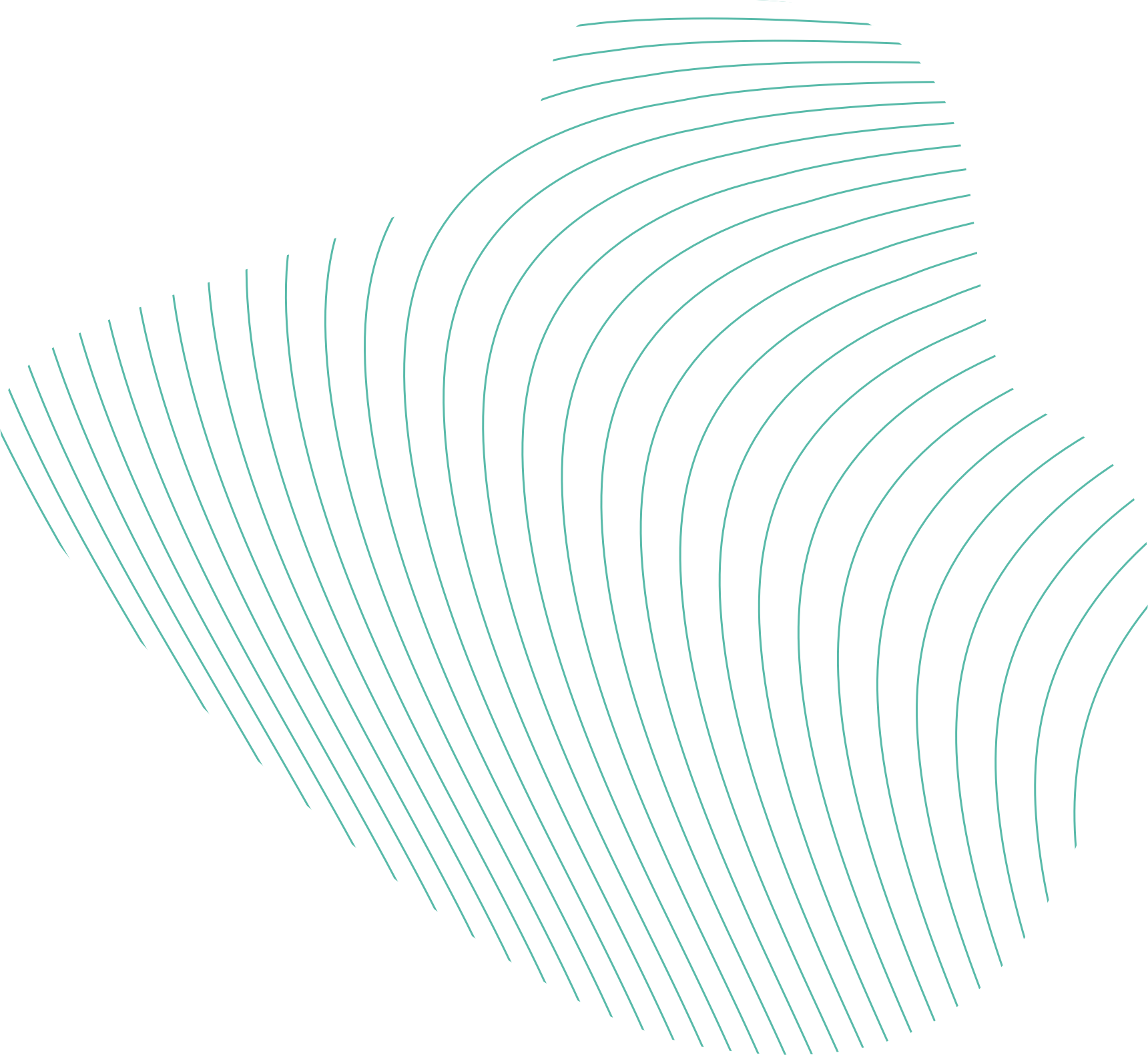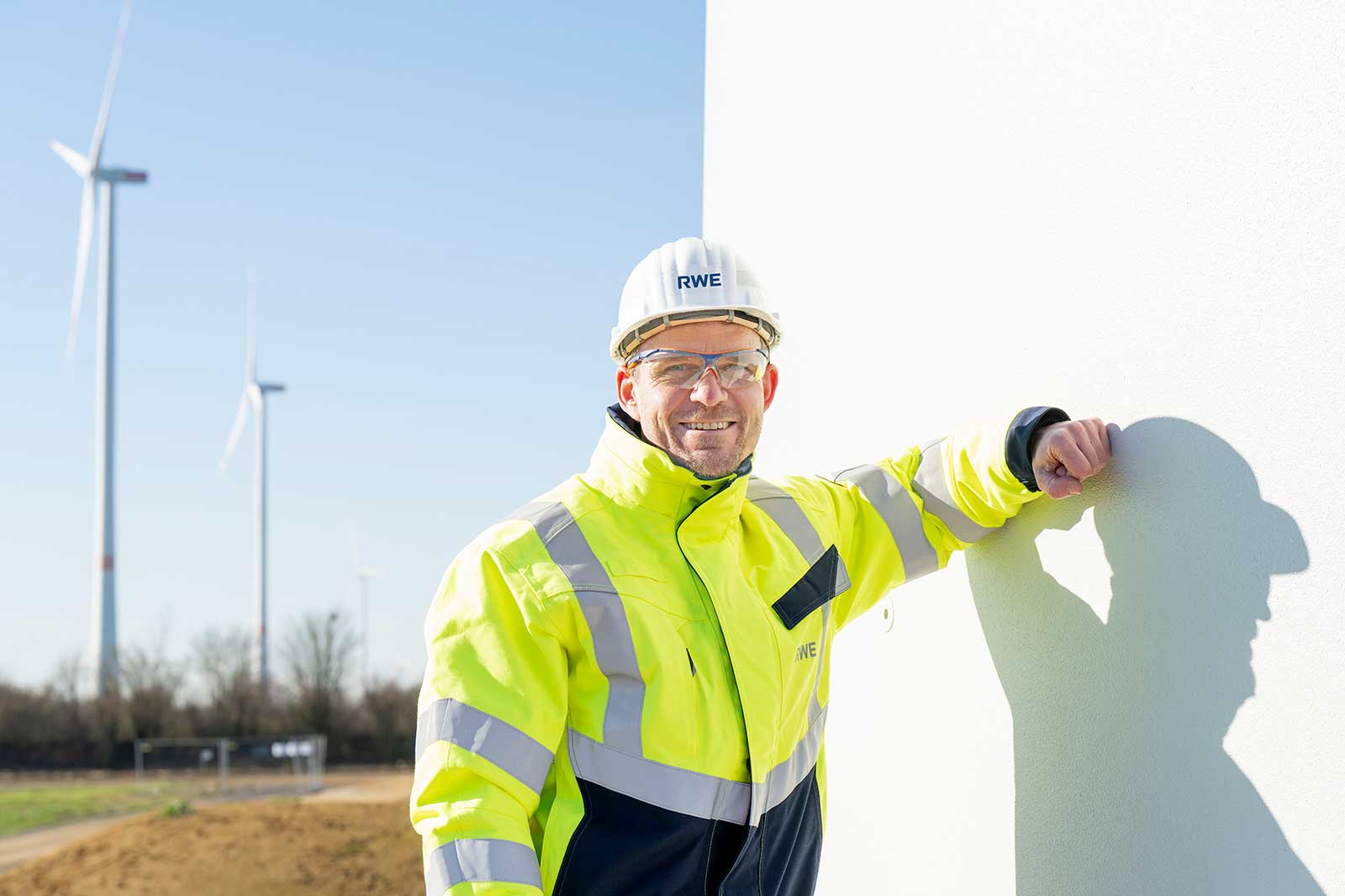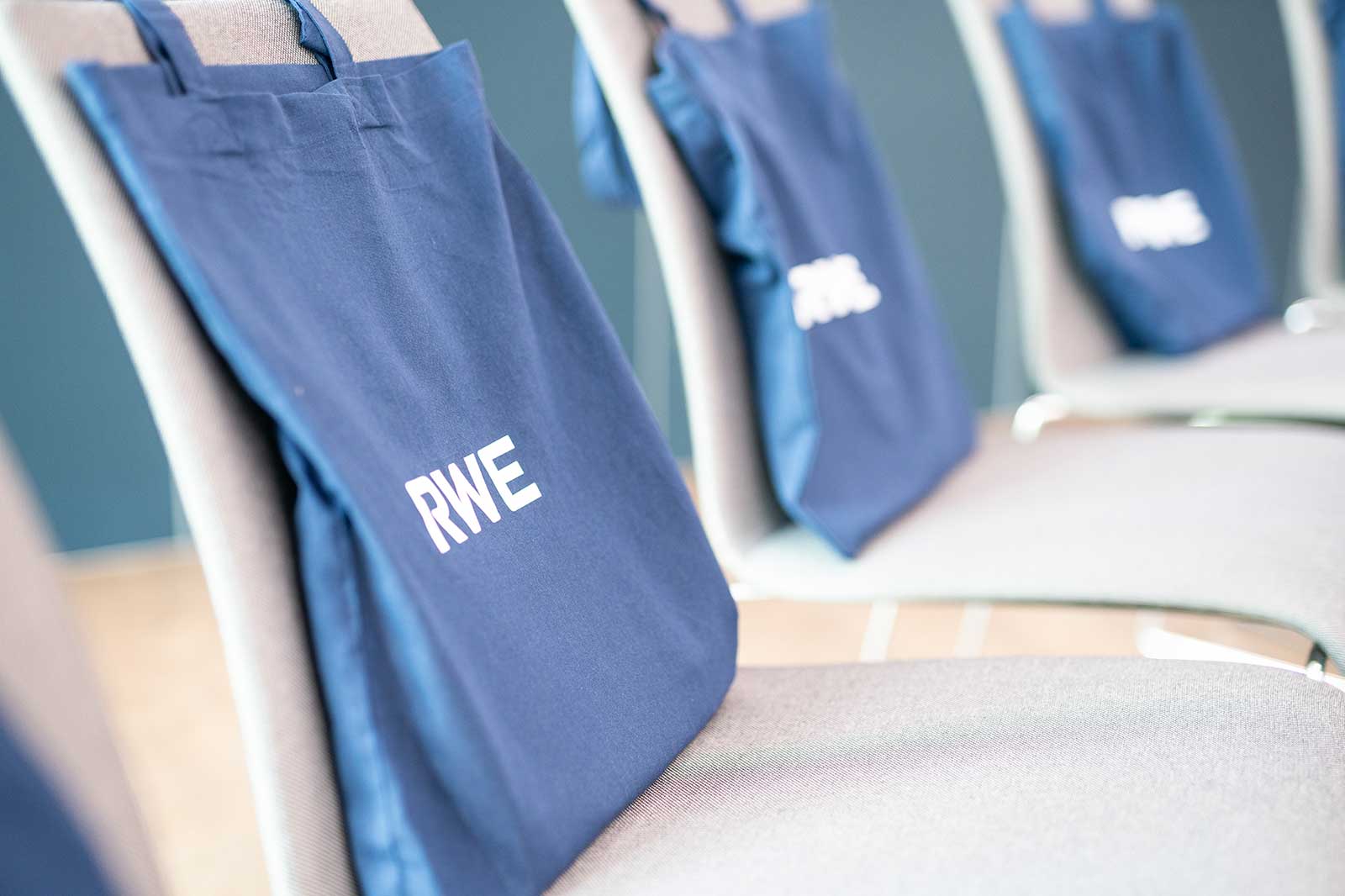Onshore wind power has grown to become the most efficient renewable energy source in Ireland, with 34% of the country’s total electricity needs in 2022 being supplied by onshore wind in 2022 (Wind Energy Ireland, 2022).
RWE are one of the world’s largest operators of renewable energy and have onshore wind farms of more than 6.5GW globally. In Ireland, we have devolped and built 10MW of onshore wind capacity and we have a strong development pipeline which we plan to deliver over the coming years.



